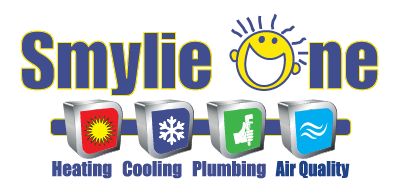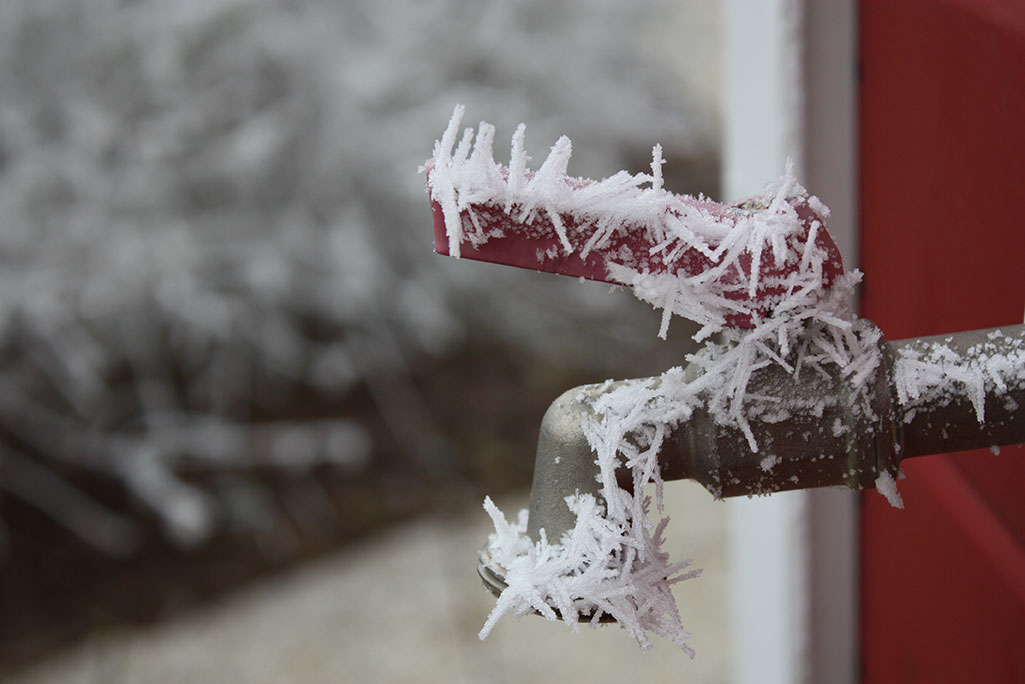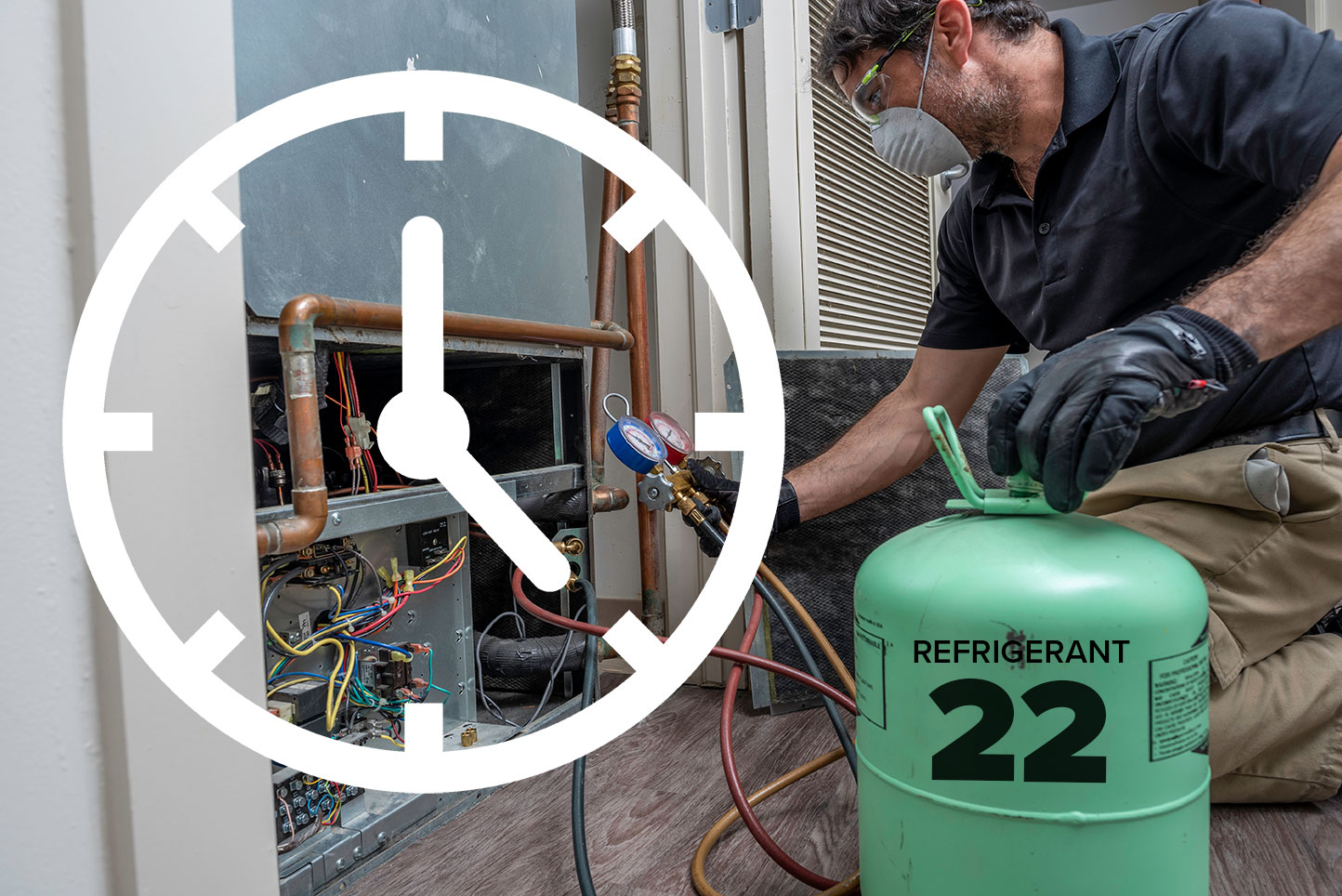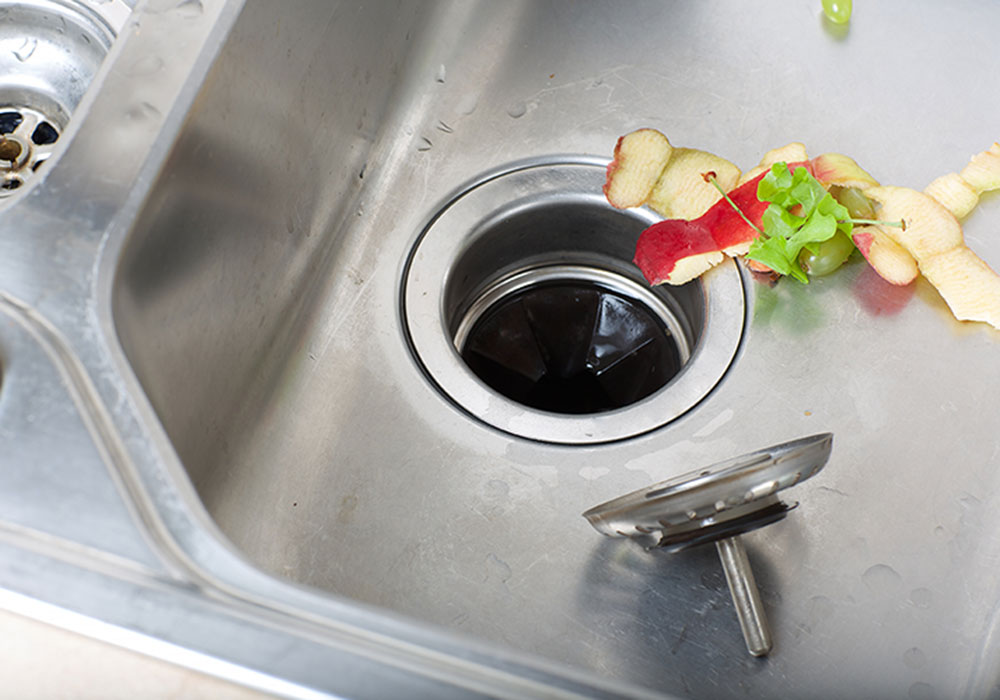We expect snow to fall, ice on the road, and temperatures dropping below freezing during our cold season. But, when a homeowner or property manager does not prepare for the harsh winter weather that’s coming, their pipes may freeze, crack, or burst.
The last thing anyone expects, especially in the middle of winter, is costly water and plumbing damages in their home or business. To avoid this catastrophe, Smylie One Heating & Cooling has a few tips you can use to keep your pipes from freezing.
What Causes Your Pipes To Freeze?
When water freezes it expands, this expansion can put a tremendous amount of pressure on your pipes. That internal pressure builds and bursts open the line, wreaking all kinds of havoc on your home and wallet.
The most common reasons a pipe will freeze include:
- The pipe is exposed to severe cold, those especially vulnerable are outdoor hose bibs, swimming pool / sprinkler supply lines.
- The pipe is located in an unfinished / unheated area of your home such as basement, attic, garage or crawl space. These unfinished areas often do not have adequate insulation to keep your plumbing protected from below freezing temperatures.
- Pipes that are located on an exterior wall are also more susceptible to freezing. You might find these pipes in a kitchen cabinet, under a sink, or in a laundry room.
- Your plumbing has undetected cracks or breaks in the lines.
What Should You Do When Your Pipes Freeze?
If you turn on a faucet and nothing comes out, it’s likely that you have a frozen pipe. If you can identify and access the frozen area of the pipe, you can apply a heat source to begin the thawing process. First make sure that you know where your water shutoff is, in the event that the thawing produces an unexpected result. Before you begin thawing make sure the faucet is in the open position, this will allow water to flow through as the ice begins to melt. To safely thaw, you can use an electric heating pad, electric hair dryer, or portable space heater. Just make sure you keep away from any flammable materials. Under no circumstances should you use an open flame device to thaw your pipes.
If your pipes are leaking or have burst, first go to the main plumbing shutoff valve and turn off your water supply. The shutoff valve is commonly near your water meter. If you have water pulling near an electrical appliance, make sure keep away from the appliance and shut off the breaker that it is connected to. Call a plumber immediately for emergency service.
What Can You Do To Prevent Frozen Pipes?
Your step-by-step process begins in the Fall when the weather is warm and mild. You can more readily locate and insulate exposed pipes and waterlines found in crawl spaces and attics. That’s also a great time to inspect and seal any leaks discovered where cold air may enter the building during the winter.
Before the cold season starts, a few items outside your residence also need attention. Any water features, or garden hoses, disconnect them and store them in a secure area. Inspect exterior valves and faucets, and if possible, drain those outside pipes until those lines are dry. That helps reduce the potential of frozen pipes that could accidentally burst.
Once winter has started, keep an eye on the weather, specifically when temperatures drop below freezing. That’s when you let water drip overnight from any faucet, tub or shower where the plumbing is located in an unfinished area or on an exterior wall. Also if you have under-cabinet plumbing, opening the cabinet doors helps to keep your pipes from getting too cold.
For more information or questions about how to keep your pipes from freezing, contact Smylie One Heating & Cooling today!




